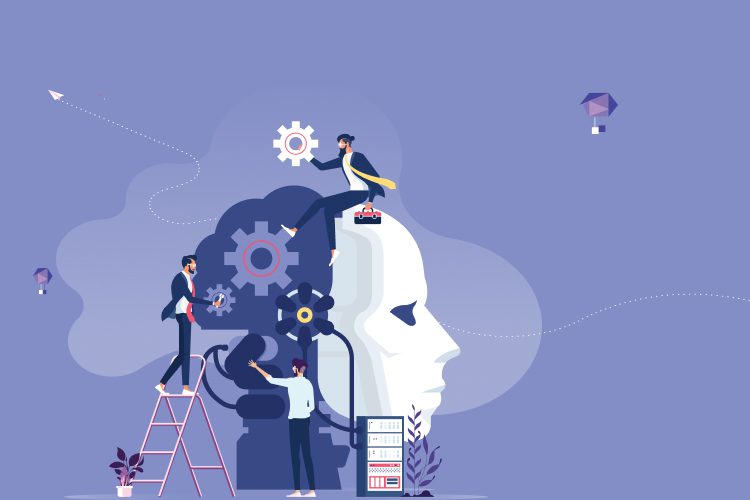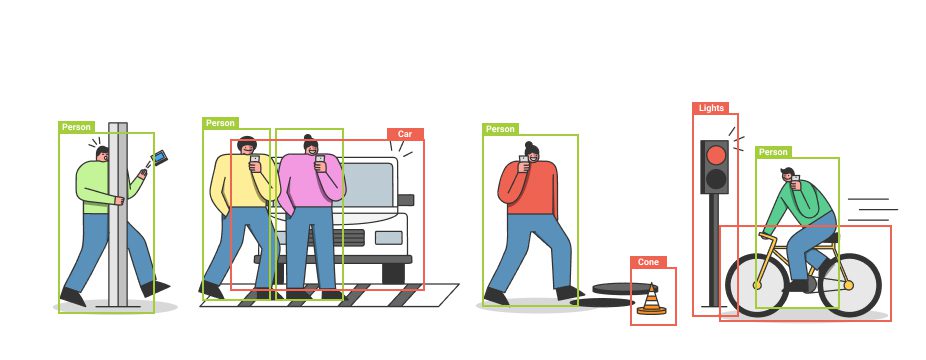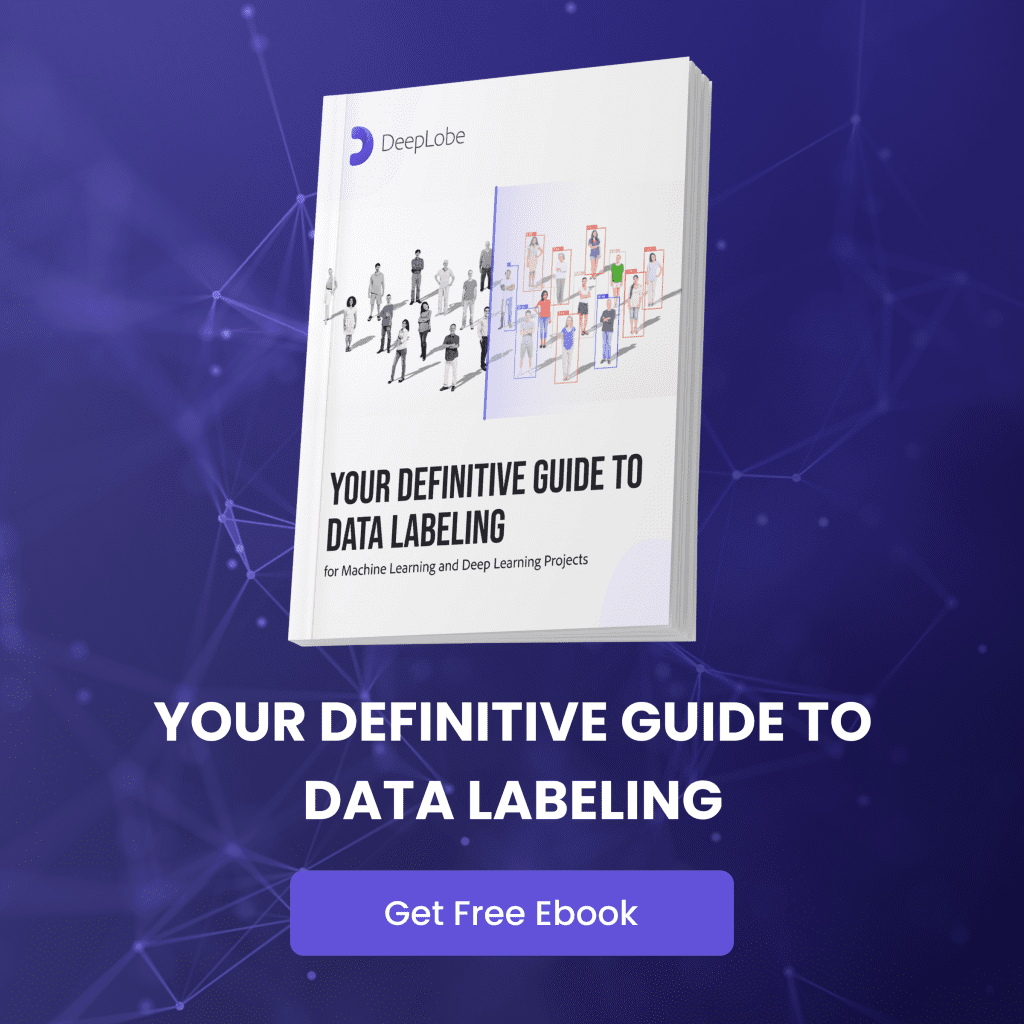
DeepLobeDecember 8, 2020Machine Learning API
APIs (or Application Programming Interfaces) have been identified as important intermediaries between technologies like machine learning(ML) and their end-users. With big data streaming in vast data pools, organizations are turning towards machine learning APIs to leverage the technology and withdraw the complexities involved in creating and deploying machine learning models. APIs are making machine learning more consumable, scalable, and programmable.
Machine Learning – From Then Till Now
After machine learning’s separation from statistics in the 1980s, the focus shifted towards inventing new algorithms and research on parameter estimation, scalability, and automation to establish it as a new technological advancement. But the main challenge was the fact that the development, usage, and implementation of the machine learning models were done by only tech geeks with domain knowledge. And thus, acquiring and retaining the technical expertise was beyond the financial feasibilities for small to medium organizations.
Such organizations try to avert their plans of leveraging artificial intelligence and data science technologies into their business operations and reap benefits. Over the years, more complex techniques like boosting, bagging, random forest, etc were developed along with emphasizing on applicability and deployability of machine learning systems to solve more real-world problems.
APIs Make Machine Learning Easy
Before delving into how APIs make machine learning easy, let us first read some very basic, yet important, details about APIs.
APIs are programmed interfaces that interact with separate software components or resources and hide the complexities of developers, organize code, and make components reusable. APIs add additional functionalities and features to the various apps that the developers develop. They allow great flexibility and integrations that connect third-party services and solutions.
Organizations are taking advantage of APIs to gain a competitive edge, create new business opportunities, and accelerate their digital transformation efforts, thus, resulting in the predominant availability of APIs.
What made APIs evolve enormously?
Cutting-edge technologies like Artificial Intelligence, the Internet of Things, Robotics, etc are playing a vital role in proliferating the APIs. Such technologies are heavily relying on APIs to drive innovations, enhance adoption, deliver realistic experiences, bring digital disruption, improve efficiency, and reduce production/operational costs. AI and machine learning technologies are proving to be useful in the designing and implementation processes of the APIs along with tackling issues like the discovery of other APIs within the application, code generation, use case identification, automated reporting, and security.
Along with the technologies, the management platforms for APIs too are evolving and impacting the evolution of APIs.
According to a report by Markets and Markets, the API management market size is forecasted to grow from USD 1.2 billion in 2018 to USD 5.1 billion by 2023, where the major influencers for this growth include increasing demand for API-led connectivity and digital transformation attained by public and private APIs.
These platforms help in reducing the everyday challenges of APIs – like managing and governing the APIs, thereby, resulting in increased efficiency and productivity.
With AI and machine learning being the frontiers in the digital transformation, the adoption of APIs picked up the pace. These APIs make machine learning easy for anybody, even for those without having technical knowledge. The machine learning-powered APIs expose the developers to real-time predictive analytics that help to understand their customers in a better way, deliver products/services based on past trends, and initiate the selling process.
Machine learning + APIs = The perfect team
Apart from saving time and money for the users, ML APIs ease up the process of introducing innovative features to the applications, and this probably is the reason for their popularity among machine learning practitioners.
Machine learning APIs provide a start point to leverage AI into the applications without the need for technical training for the team on machine learning or bring in AI experts. Some standard use cases of these APIs include smart tagging, priority filtering, and product recommendations – along with a few others mentioned below:
- Image enhancement
The image datasets consist of images acquired from various sources with different resolutions. At times, the quality of an image may not live up to expectations or satisfy the needs of your application, thus prompting the need for enhancing such images. The APIs use ML models that are trained on millions of images, predict the missing details in the images and return enhanced versions of the images. They clarify, sharpen, and enhance the images without losing their content and characteristics.
Content filtering
The content moderation APIs automate the review and filtering of texts, images, and videos to detect the presence of offensive, profane, and adult or any inappropriate content. The ML APIs automatically filter user-generated content and help check for personally identifiable information.- Object detection & classification
Object detection and classification in real-time is emerging as a significant trend across widespread industries from smart cities to retail to surveillance – involving image retrieval, security, automated vehicle systems, machine inspection, etc. For autonomous vehicles, the vehicles are essentially trained to detect a known set of objects such as pedestrians, cars, traffic lights, motorcycles, etc. These APIs also detect human emotions like a smile, laugh, sad, etc to analyze human emotions and behaviors. The other areas where object detection and classification APIs are predominantly applied include detecting digital watermarks, detection of pedestrians, medical imaging, object tracking (ball tracking in sports), robotics, CCTVs, manufacturing, etc.

Data extraction
Digitally transformed organizations rely heavily on data collected from various websites and documents where the data is highly unstructured and is not easily ingested. This results in huge manual efforts in scraping the data by the scraping engines which need to be modified constantly depending upon the evolution of the data source. Machine learning APIs let you control your data extraction from these data sources by analyzing them and processing the content into structured content that can be consumed via the API.- Voice assistants
AI-powered voice assistants have become standard with users feeling more than comfortable to interact with them. Voice interactions are no longer limited to smartphones and smart speaker systems. Since building voice-enabled interfaces have their own set of challenges including being expensive in their development, many organizations are integrating voice-enabled services with third-party APIs powered by the latest technologies like natural language processing, machine learning, and deep learning. We know that the internet of things are connected to smart voice assistants through APIs. Further, machine learning APIs can enrich the customer experience with context awareness and specific use cases.
Machine learning and APIs continue to be more sophisticated, intelligent, and context-driven. They are the key driving forces for building advanced APIs. Many organizations are offering pre-trained cloud-based machine learning APIs that leverage technology and infrastructure while remaining easy to work with.

